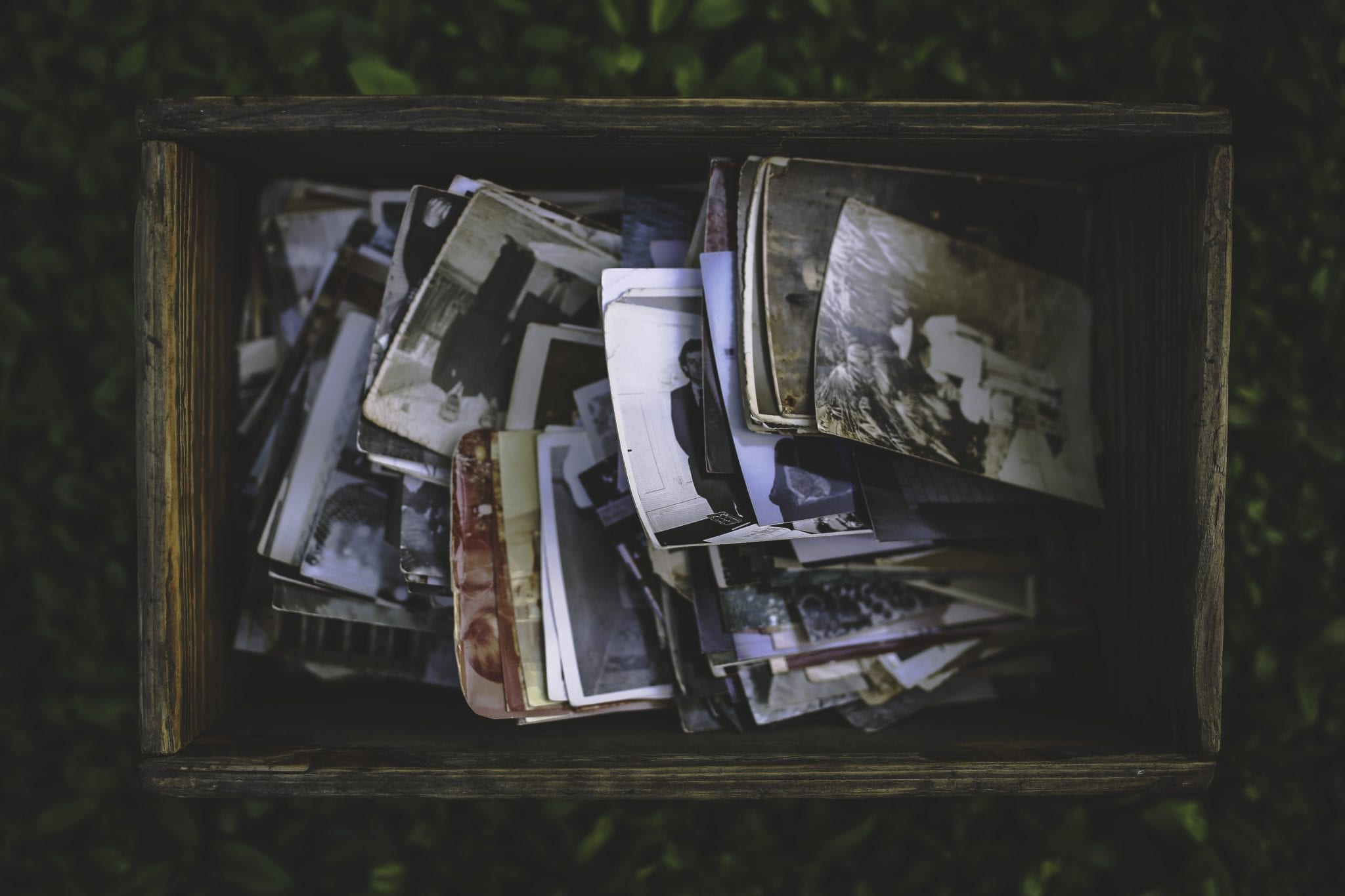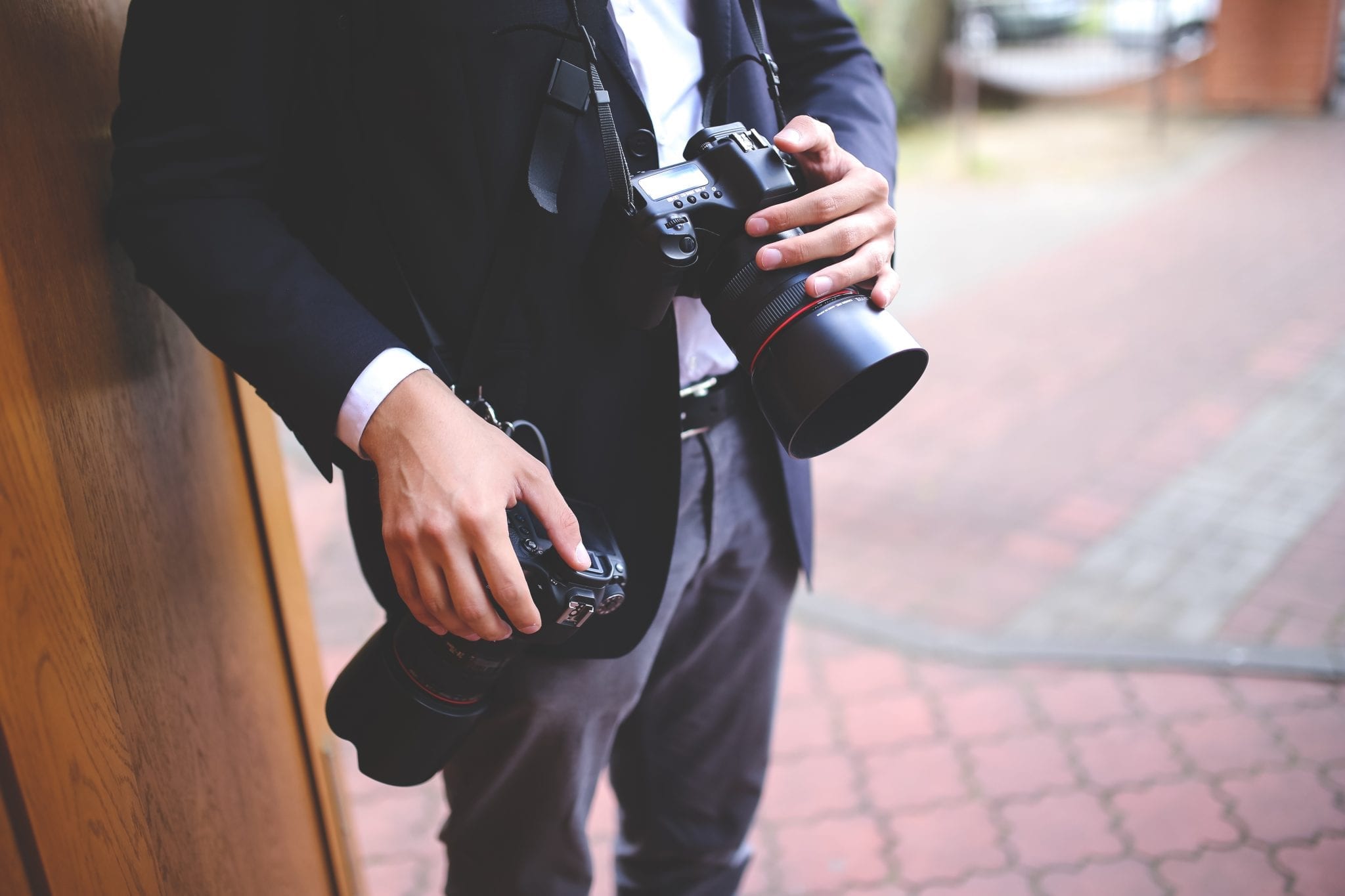On Episode 70 of The Edge of Innovation, we’re talking with photographer Al Pereira about what it takes to be a great photographer and the permanence of pictures in today’s digital world.

Hacking the Future of Business!

On Episode 70 of The Edge of Innovation, we’re talking with photographer Al Pereira about what it takes to be a great photographer and the permanence of pictures in today’s digital world.

On episode 69 of The Edge of Innovation, we’re talking with photographer Al Pereira about what it’s like to be a freelance photographer and run a photography store.

On episode 68 of The Edge of Innovation, we’re talking with freelance photographer Al Pereira, about being an entrepreneur and running Advanced Photo, a photography store in North Reading, Massachusetts.

On Episode 10 of The Edge of Innovation, we explore web design best practices and discuss Paul’s new book on this topic.
June 24, 2014
Today, YouTheDesigner is going to show you how to change hair color in Photoshop. This is a pretty basic technique that uses some basic digital painting elements and uses some masking techniques. It’s fairly simple and easy to follow for even just beginners! What we’re trying to do is to turn the top image into the bottom image. Let’s get started! STEP 01: OPEN YOUR DOCUMENT We took a fashion stock photo courtesy of Shutterstock and opened it up in Adobe Photoshop. Make sure you use a photo with good lighting and and decent resolution so you can build up better quality results. STEP 02: Get the colors! We basically create a new adjustment layer by going to…
Original Article Can Be Found Here: